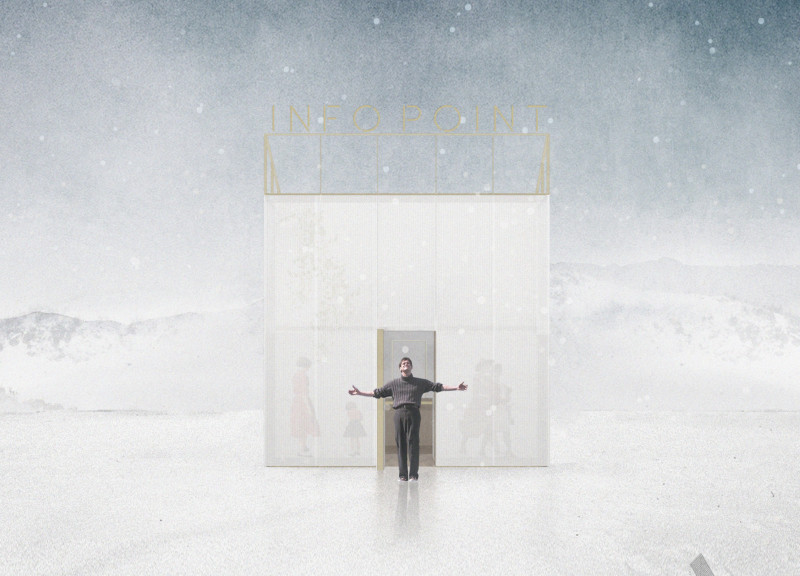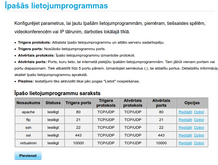5 key facts about this project
The primary function of the project revolves around creating a multi-purpose space that caters to various activities. It supports communal gatherings, recreational events, and educational initiatives, encouraging collaboration and interaction among users. The careful design consideration invites both social engagement and individual contemplation, seamlessly integrating different flows of activity. Each space within the project is purposefully designed to maximize its potential while remaining adaptable to changing community needs.
Key elements of the project’s design include an open floor plan that enhances connectivity between different areas, ensuring an uninterrupted experience for users. The flow from one space to another is intuitive, encouraging movement and exploration while maintaining a sense of comfort. Large windows are strategically placed to bring ample natural light into the interiors, fostering a warm atmosphere that aligns with the project’s overall ethos of openness and transparency.
The architectural design features a meticulously crafted façade that balances modern aesthetics with local cultural references. The use of materials such as concrete, glass, steel, wood, and brick plays a critical role in shaping the building's identity. Concrete offers a robust framework, while glass panels create a visual connection with the surroundings, allowing the exterior landscape to permeate the interior. Steel highlights the structural integrity of the project, providing necessary support while maintaining a sleek appearance. Wood introduces warmth and texture, drawing on elements of the local environment. Brick, with its traditional roots, anchors the design to the community’s historical context, creating a dialogue between the past and present.
Unique design approaches have been employed throughout the project, showcasing thoughtful integration with the natural environment. The architects have prioritized sustainability by including features such as green roofs, rainwater harvesting systems, and energy-efficient technologies. These components not only minimize the project's ecological footprint but also enhance the user experience by promoting a deeper connection with nature. The landscape around the building includes carefully curated green spaces that invite users to engage with the outdoors, providing areas for relaxation and recreation.
The interior design reflects the principles of flexibility and multi-functionality, allowing spaces to be easily adapted for various events or purposes. Modular furniture solutions and movable partitions enable quick reconfiguration, catering to the dynamic needs of users. This adaptability fosters a vibrant atmosphere where creativity and collaboration can thrive, supporting both community engagement and individual pursuits.
As the project continues to evolve, it emphasizes the importance of design as a tool for enhancing community life and fostering connections among diverse user groups. The integration of architectural ideas with functional requirements exemplifies a forward-thinking approach that is increasingly necessary in today’s architectural landscape. Exploring the architectural plans, architectural sections, and architectural designs of this project can provide deeper insights into its conceptual underpinnings and practical applications. The nuances of the design illustrate how thoughtful architecture can nurture community interactions and promote sustainable living.
Readers are encouraged to delve into the project presentation to fully appreciate the detailed execution of the architectural vision and the thoughtful interplay between form and function within this distinguished project.


























